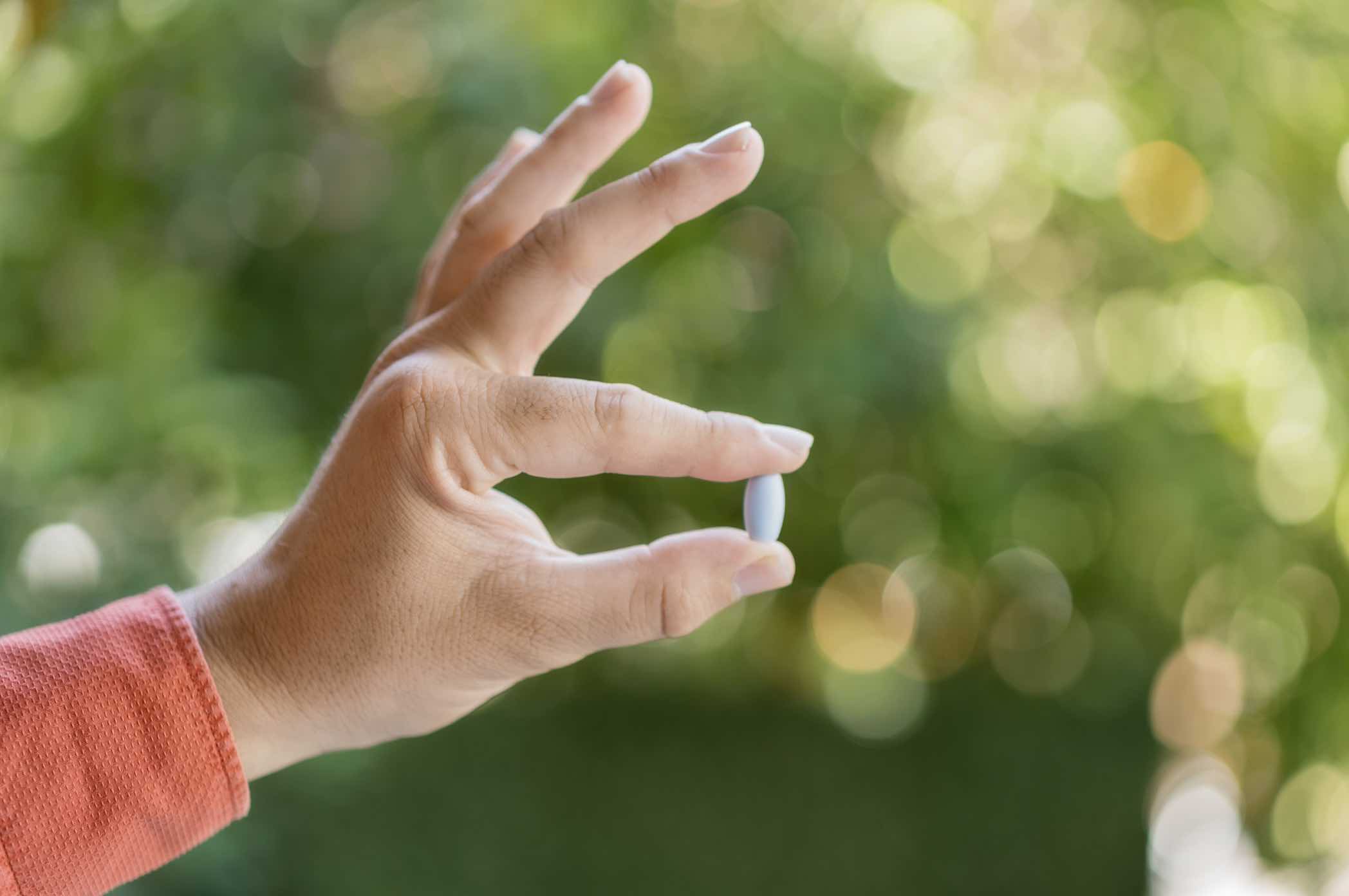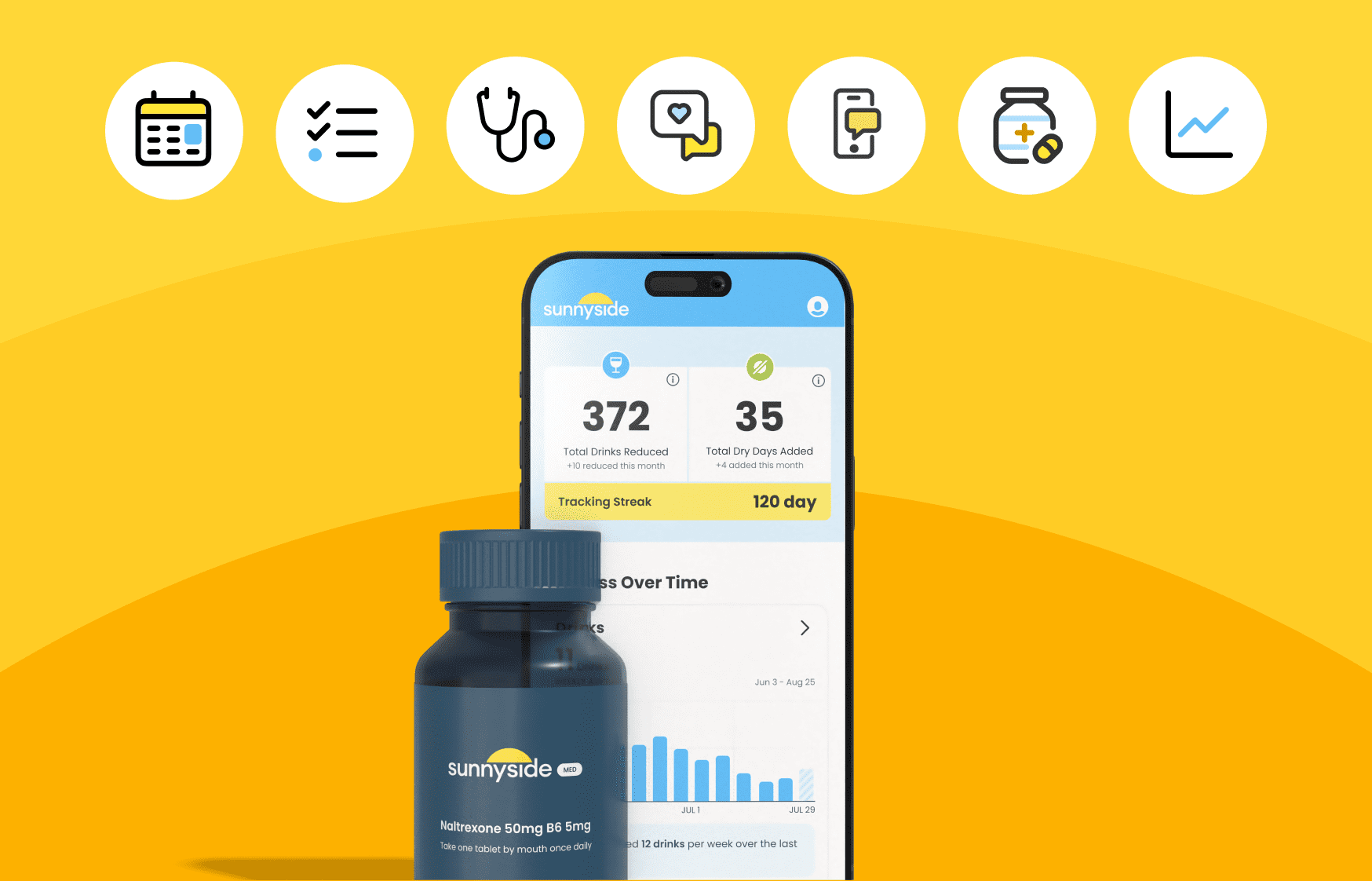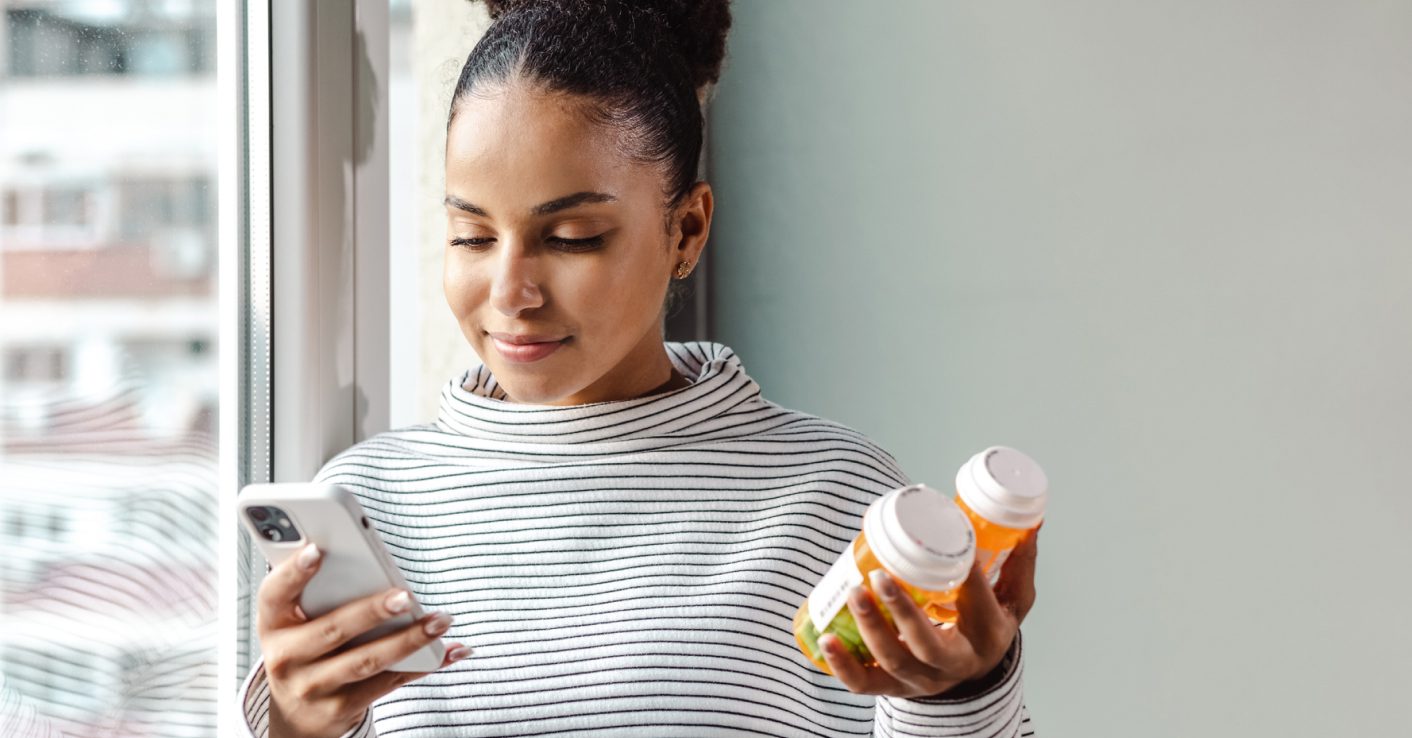Last Updated on June 7, 2025
Think about this: If a man polishes off a six-pack while watching the game, does anyone blink? Probably not. That’s “normal,” right?
But according to official health guidelines, it’s actually beyond the threshold for binge drinking.
Here’s the thing—our culture has set the bar for “normal drinking” so far from the health standard that many of us are unaware when our habits start to veer into riskier territory. The truth is, what we think of as casual drinking often qualifies as something else entirely. And when we don’t recognize that, we can’t make conscious choices about how alcohol affects our health, energy, and overall well-being.
Let’s dig into what’s actually considered “normal” drinking, and why so many of us get it wrong.
Watch The Related Podcast
The Real Definition of Moderate Drinking
According to the Centers for Disease Control and Prevention (CDC) and the National Institute on Alcohol Abuse and Alcoholism (NIAAA), moderate drinking means:
- For women: Up to 1 drink per day
- For men: Up to 2 drinks per day
That’s it. And when they say “1 drink,” they mean:
- 12 oz of beer (at 5% ABV)
- 5 oz of wine (at 12% ABV)
- 1.5 oz of distilled spirits (at 40% ABV)
So, if you’re pouring a big glass of wine at dinner and refilling it once, that’s probably more than “just two drinks.” And a bottle of wine? That’s five standard drinks—not four, as many believe.
Understanding these numbers matters. Because once you go beyond this range, you’re no longer in the realm of moderate drinking.
Binge Drinking Isn’t Just a College Thing
When you hear “binge drinking,” do you picture frat parties or spring break? You’re not alone. But the actual definition might surprise you.
Per the NIAAA, binge drinking is:
- 4 or more drinks for women,
- 5 or more drinks for men,
- Consumed within about two hours
That means a woman who has two glasses of wine while cooking, one during dinner, and another while watching a movie has technically binge drank. The same goes for a man drinking five beers during a barbecue.
This kind of consumption is common and rarely judged. But your body doesn’t care if you’re at a wild party or a quiet dinner—it processes alcohol the same way. And once you cross the binge threshold, the health risks start to climb.
What Is High-Intensity Drinking?
There’s a lesser-known category above binge drinking called high-intensity drinking. Researchers use this term to describe episodes where people drink twice the binge threshold in a single session:
- 8 or more drinks for women
- 10 or more drinks for men
This might sound extreme, but it happens more often than you think. Weddings, vacations, birthday parties—or just a big night out—can all create scenarios where we overdo it without realizing the toll it takes.
So what’s driving this?
Stress, burnout, parenting, job pressure, and the lingering mental load of the pandemic have made alcohol a go-to coping mechanism for many. While younger adults are drinking less, mid-life adults are picking up the slack.
Why “Normal” Doesn’t Mean Healthy
The problem isn’t just the quantity—it’s the normalization of drinking patterns that work against our well-being. That six-pack on a Friday night might feel harmless, but it comes with trade-offs:
- Poor sleep quality
- Increased anxiety the next day
- Reduced immune function
- Higher risk of heart arrhythmias and stroke
- Greater chance of decision fatigue, memory lapses, or emotional crashes
And let’s not forget the subtle impact: feeling disconnected from yourself, that creeping Sunday dread, or losing momentum on your wellness goals.
Just because it’s common doesn’t mean it’s good for you. Normal isn’t always optimal.
What Awareness Gives You That Willpower Can’t
Here’s the good news: no one’s suggesting you need to be perfect. Life will hand you celebrations, rough patches, and everything in between. But when you know the categories—moderate, binge, high-intensity—you’re better equipped to make choices that align with your goals.
For example:
- If your goal is better sleep, you might rethink having that fourth drink.
- If you’re trying to improve your mood or reduce anxiety, cutting down on high-intensity sessions could make a huge difference.
- If you’re aiming to protect your long-term health, spacing out drinks and setting limits might serve you better than going all in on Friday night.
A Quick Gut Check
Here are a few questions worth reflecting on:
- When I drink more than 4–5 drinks in a night, how do I feel the next day?
- How often am I crossing that line without realizing it?
- If I want to feel better, more energized, or more in control, does this habit help me achieve that?
- What kind of drinking actually helps me feel like the version of myself I want to be?
You Don’t Need to Quit to See Big Changes
This isn’t about shame or sweeping declarations. It’s about clarity. When you know what’s happening in your body—and how far “normal” has drifted from healthy—you have more power to shape your habits with intention.
That could mean:
- Cutting back by one or two drinks
- Swapping in alcohol-free options
- Setting a limit before the night begins
- Choosing to skip that last drink
Awareness creates space. And in that space, you get to choose what serves you best.
One final tip: If you’re trying to drink less, do it your way, but do it with clarity. Because what most people get wrong about “normal” drinking is simply this: they’ve never had the facts.
Once you do, everything changes.
If you’re ready to start making intentional change, Sunnyside is here to support your current goals—whatever they may be. Join thousands of others improving their relationship with alcohol with a 15-day free trial.

What is Sunnyside?
Sunnyside is a mindful drinking and alcohol moderation app that can help change your habits around alcohol using a proven, science-backed method. Whether you want to become a more mindful drinker, drink less, or eventually quit drinking, Sunnyside can help you reach your goals. We take a positive, friendly approach to habit change, so you never feel judged or pressured to quit.
When you join Sunnyside, you’ll start by completing a 3-minute private assessment so we can learn a bit about you. Once that’s done, you’ll get a 15-day free trial to test out everything, including our daily habit change tools, tracking and analytics, community and coaching, and education and resources. It’s a full package designed specifically to adapt to your goals and help you reach them gradually, so you can make a huge impact on your health and well-being.
Sunnyside is a digital habit and behavior-change program that is incredibly effective on its own, but can also be the perfect complement to other work you’re doing to cut down on drinking, whether that includes talk therapy or medication such as Naltrexone.
Get your 15-day free trial of Sunnyside today, and start living your healthiest life.



